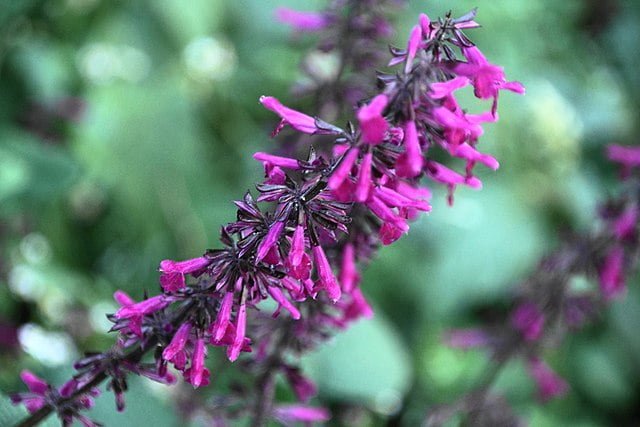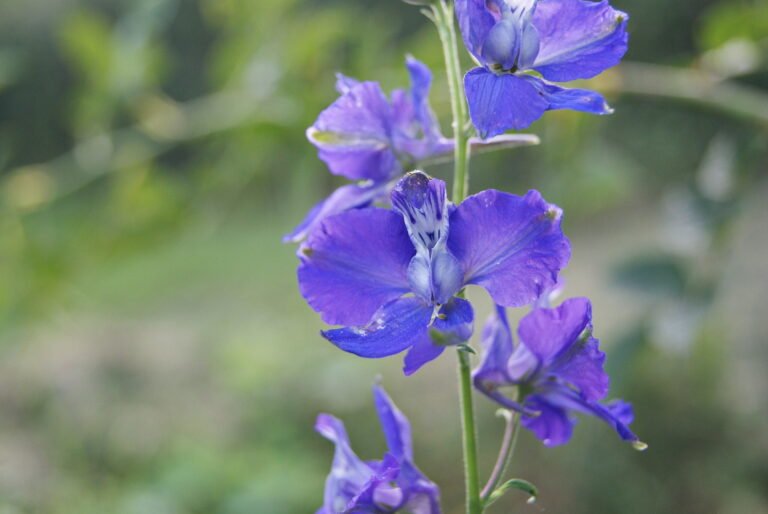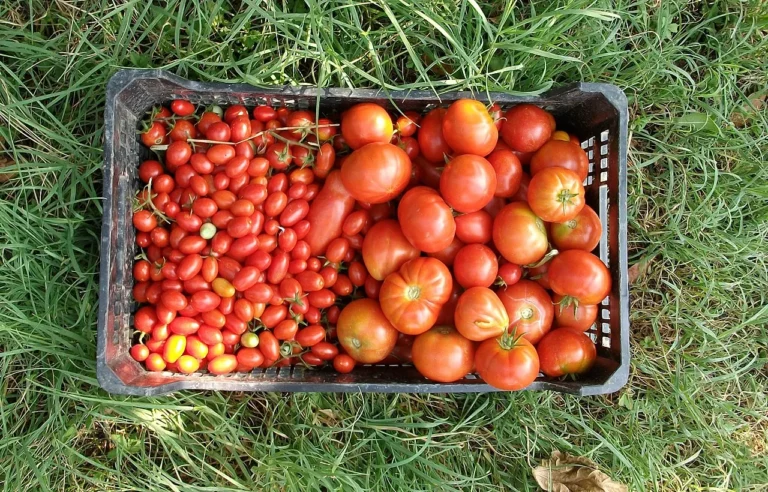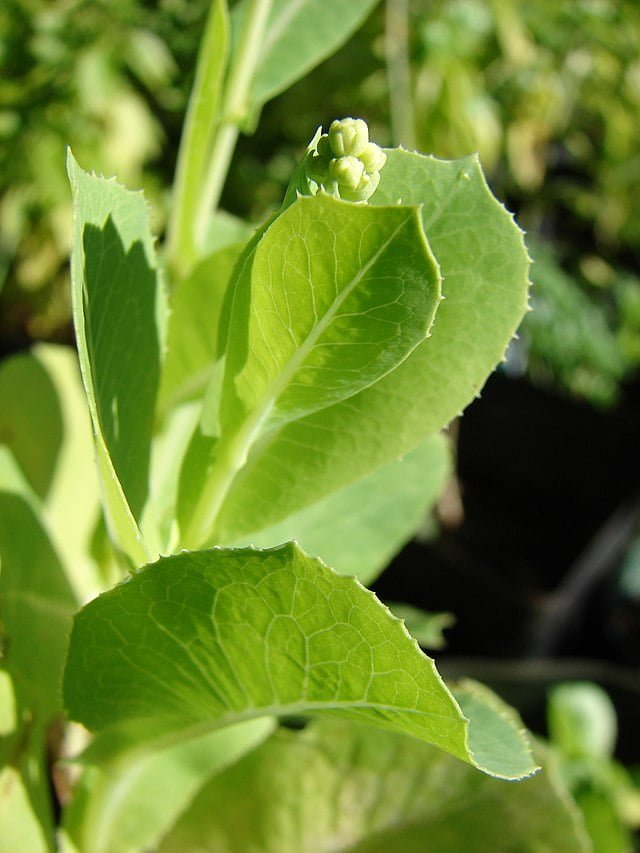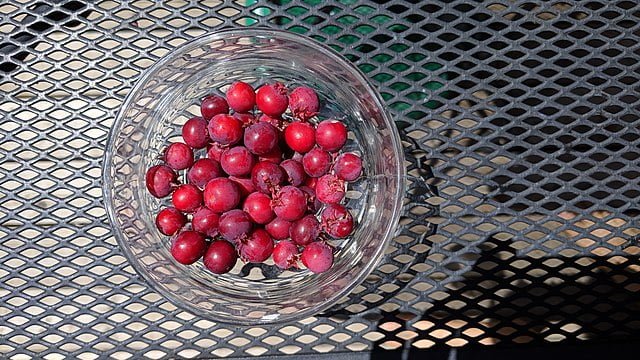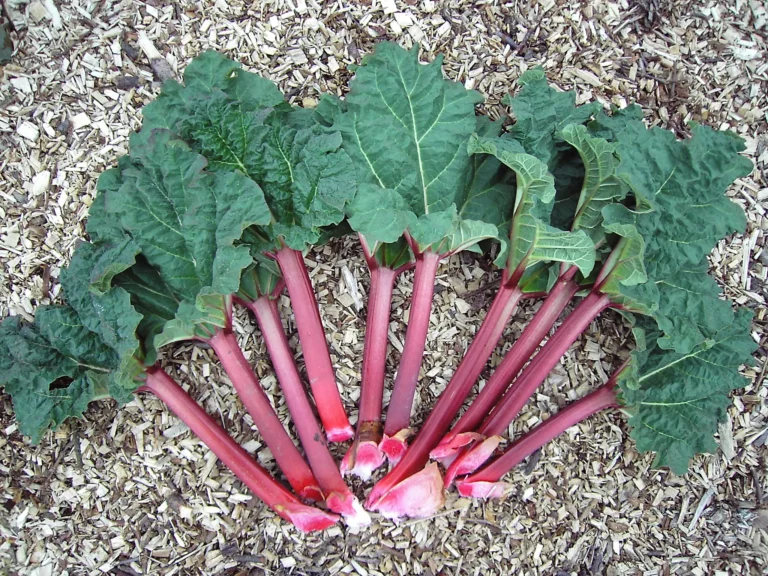Blooming Brilliance: Your Guide to Growing Salvias
Salvias, with their beautiful spikes of colourful flowers and fragrant leaves, make a charming addition to any garden. This guide will help you cultivate your own salvia plants.
Choosing Your Salvia
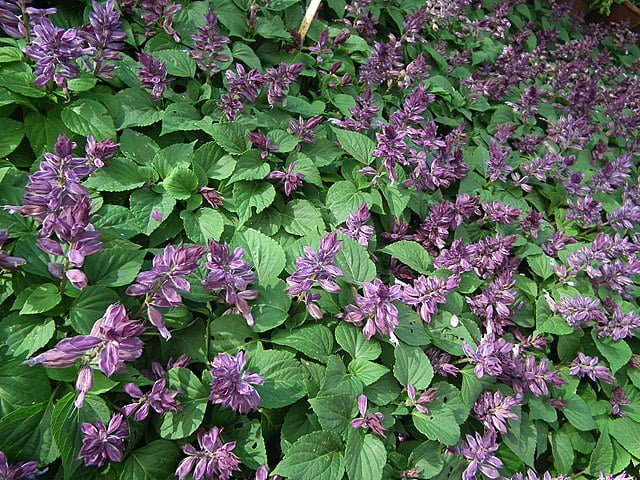
There are many types of salvias, from the popular culinary sage (Salvia officinalis) to ornamental varieties like Mexican sage (Salvia leucantha). Choose a variety that fits your garden conditions and aesthetic preferences.
Planting Salvias
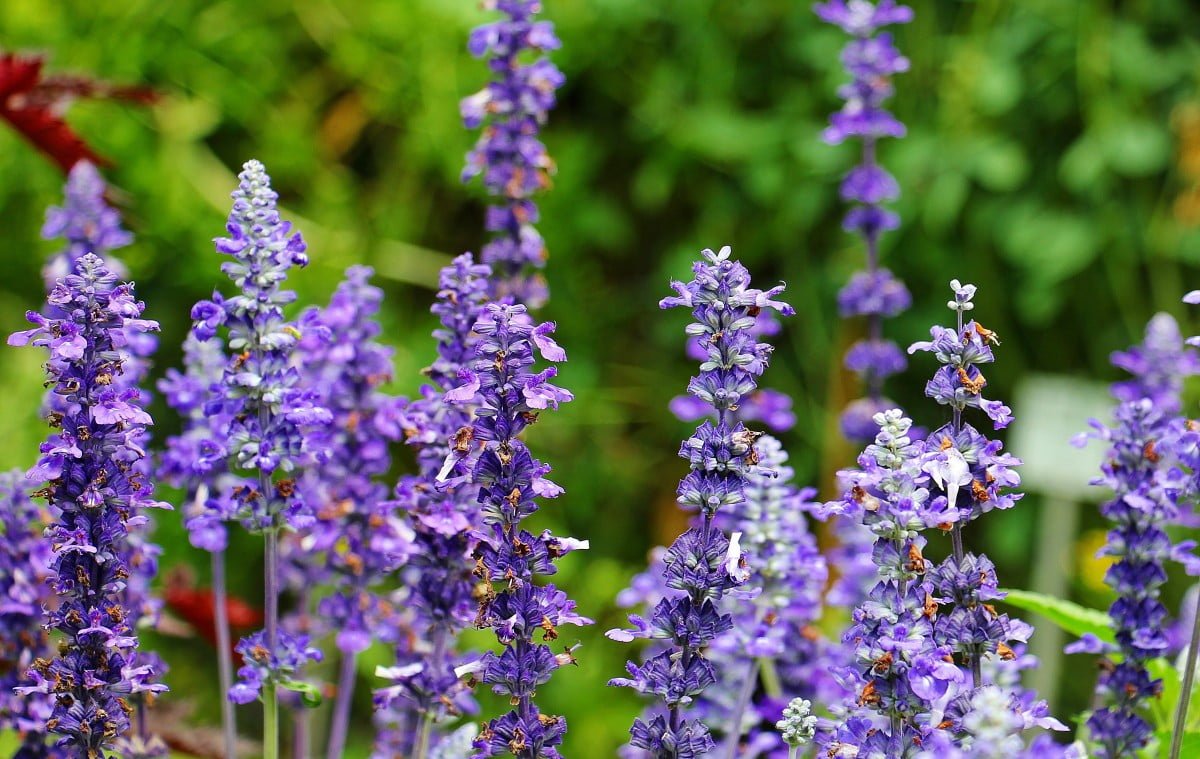
- Location: Most salvias love full sun but can tolerate partial shade. A sunny spot with afternoon shade can be ideal for many varieties.
- Soil: Plant your salvias in well-draining soil. They prefer slightly acidic to neutral pH levels, but can tolerate alkaline conditions.
- Spacing: Provide enough space between plants for air circulation. This helps prevent fungal diseases.
Caring for Salvias

- Watering: Salvias are relatively drought-tolerant once established, but young plants will need regular watering.
- Feeding: Feed your salvias with a balanced fertilizer in the spring to promote healthy growth.
- Pruning: After blooming, trim back your salvias to encourage a second wave of flowers.
Propagation
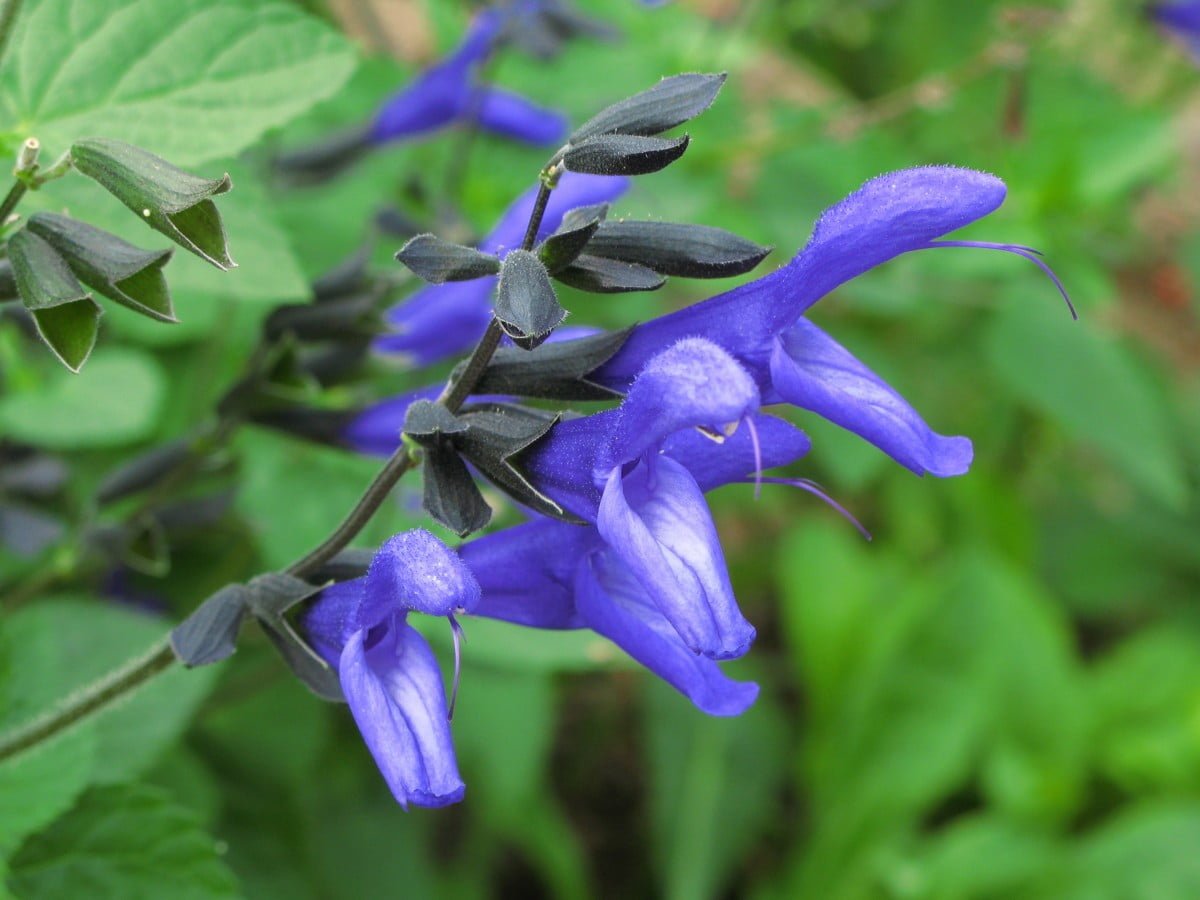
Salvias can be propagated through seed, stem cuttings, or division. Late spring or early summer is the best time for propagation.
Pests and Diseases
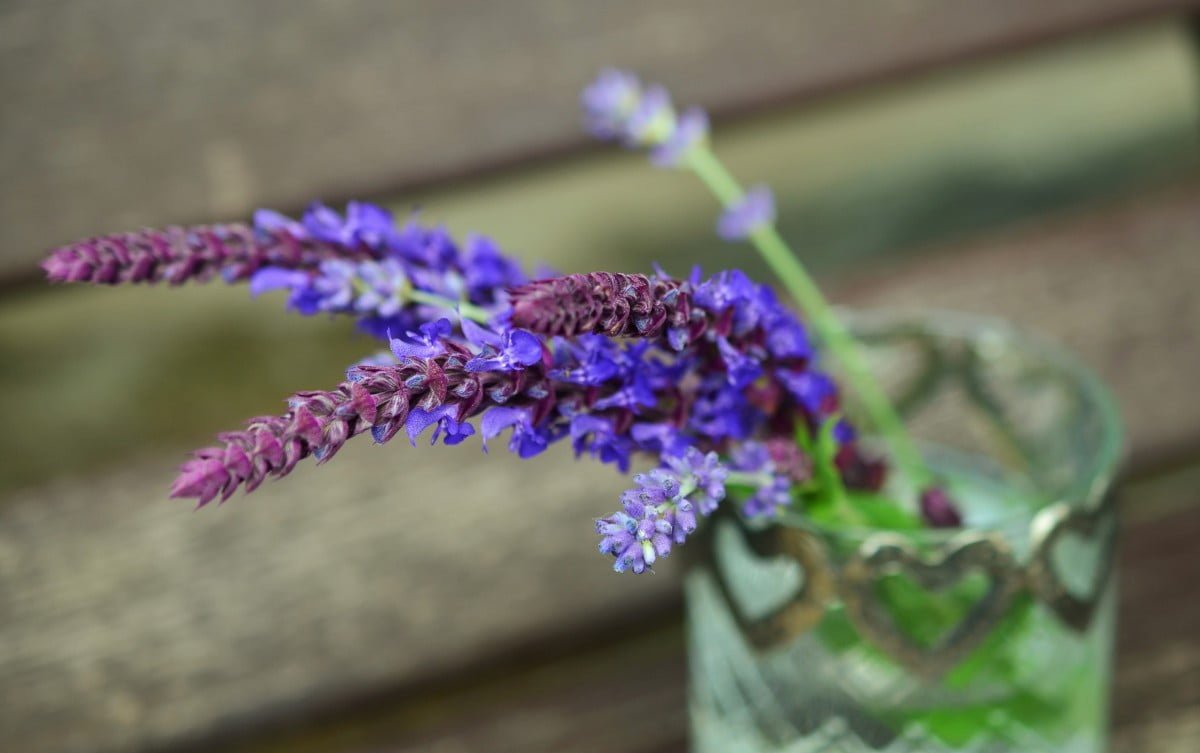
While relatively resilient, salvias can suffer from fungal diseases if overwatered. They may also be affected by pests like aphids or whiteflies. Keep an eye out for any signs of trouble and treat as needed.
From their vibrant blooms to their fragrant leaves, salvias bring joy to any garden. By providing the right care and conditions, you’ll enjoy a profusion of flowers from spring until fall.

